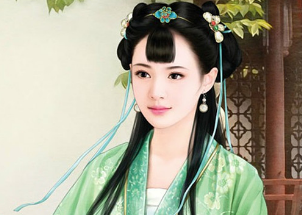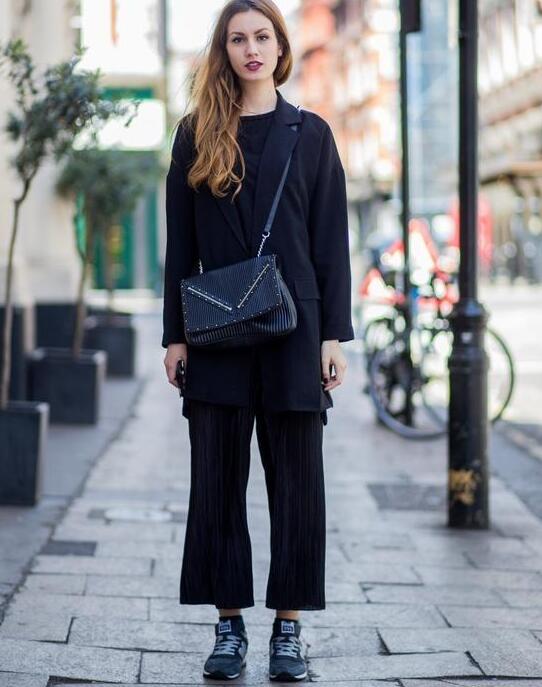Fast Fashion's Future: Sustainable Styles and Emerging Trends
The Rise of Second-Hand Shopping

The second-hand shopping trend has been gaining popularity in recent years, as consumers become more environmentally conscious and seek to reduce their carbon footprint. This shift towards sustainable fashion is driven by the growing awareness of the environmental impact of fast fashion, including waste generation, resource depletion, and pollution. According to a report by the Ellen MacArthur Foundation, if nothing changes, the fashion industry will use up a quarter of the world's annual carbon budget by 2050.
The Emergence of Circular Economy

In response to these concerns, many brands are now embracing circular economy principles in their business models. This approach involves designing products that can be easily repaired or recycled at the end of their life cycle, thereby reducing waste and conserving resources. For instance, Patagonia has introduced a "Worn Wear" program that encourages customers to repair and reuse their products instead of discarding them.
The Importance of Transparency

Transparency is another key aspect of sustainable fashion trends today. Consumers are increasingly demanding information about how their clothes were made – from sourcing materials to labor practices – as they become more discerning about ethical issues such as fair wages for workers and humane treatment during production processes.
Innovative Materials for Sustainable Clothing

Fashion designers have also been exploring new materials that are more eco-friendly than traditional fabrics like polyester or cotton which require large amounts water for cultivation (cotton) or generate high levels greenhouse gas emissions (polyester). Some emerging alternatives include plant-based textiles derived from pineapple leaves (Piñatex), mushroom-based leather alternatives (Mushroom Leather), algae fabric made from seaweed biomass called AlgaeBliss ,and even lab-grown animal skin using biotechnology techniques known as cellular agriculture .
Digital Solutions for Sustainable Fashion Consumption

Finally digital technologies play an important role in shaping future trends within sustainable fashion consumption patterns . One example includes virtual try-on technology allowing consumers test garments virtually before making purchases thus reducing returns rates associated with wrong sizes fitting issues . Another area where technology comes into play is through online platforms designed specifically around rental services offering users access clothing items without needing ownership responsibilities promoting sharing economies on demand rather than buying new clothes every season which ultimately reduces overall demand on raw materials needed producing these garments resulting less environmental impact due fewer resources used up along entire supply chain process since fewer pieces being produced then discarded after one-time wear just so it could be replaced again next season leading full circle back round again starting over once more yet still we keep consuming faster pace never stopping wanting always something better but what does this really mean when it all boils down at end?



